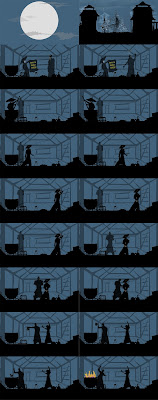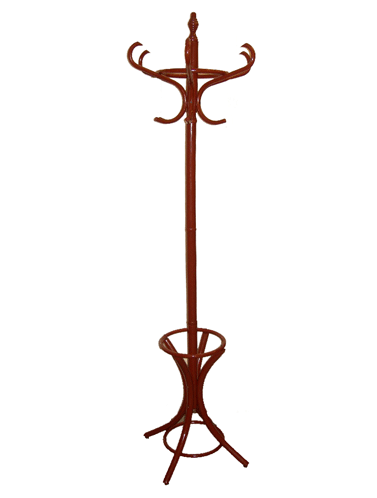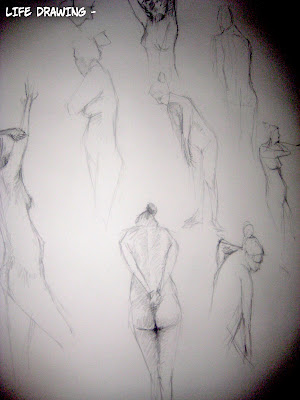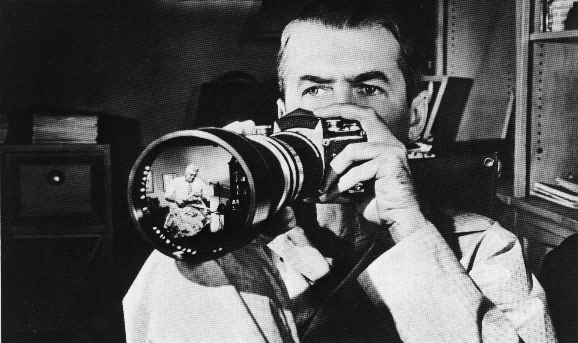 |
| Fig.1 Poster Art |
Psycho, released in 1960 is a suspense/ horror film directed
by Alfred Hitchcock based on the novel by Robert Bloch, which is inspired by
the Wisconsin murderer and grave robber Ed Gein. The film received mixed
reviews, however due to its smash hit at the box office, which led to four
Academy Award nominations was re-reviewed by many and since then has been a
turning point in the film industry in terms of the use of editing and its
story.
The follows the secretary Marion Crane (Janet Leigh) who steals
$40,000 from a client of her employer, and flees to her lover in California Sam
Loomis (John Gavin) There is a heavy rainstorm on route, forcing her to stay at
a Bates motel until the storm has stopped. The owner seems nice enough, just
appears a little lonely to Marion.
 |
| Fig2. Shower scene |
The Atmosphere created throughout this film is second to
none, with one of the most famous scenes constantly parodied in future films,
the shower scene with Marion. “brilliantly
economical and tense, are simply more psychologically convincing and real than
anything else in this baroque, inspired shocker” (Peter Bradshaw,
2010) the quick camera movements and editing within the shower scene involves
the viewer almost totally, making one feel as if he is the attacker or the
victim. The montage editing, flicking back and forth from the knife to the face
of Marion. “The
famous shower scene never shows the knife touching flesh, but it's still
terrifying.” (Wenk 2011)The attack comes what unexpected to the viewer, making
us feel deeply for the death of her. Once this attack has happened the viewer
knows that the film is about to fall into chaos.
 |
| Add caption |
The film has become one of the most overly critiqued movies “And, of course, it was the first movie to show a toilet
flushing, so we might also credit it with spawning the entire gross-out genre.
‘Psycho’: we salute you.” (David Jenkins, 2010) The film opened many people’s
eyes to what film could become in the future.
Release:
1960
Director:
Alfred Hitchcock
Screenplay by:
Joseph Stefano
Produced by:
Alfred Hitchcock
Genre/subgenre:
Thriller, Mystery, Horror
Country:
United States
Cast:
Anthony Perkins, Vera Miles, John Gavin, Martin Balsam, John McIntire,
Janet Leigh
Bibliography
List of Illustrations
Fig 1: http://upload.wikimedia.org/wikipedia/en/thumb/b/b9/Psycho_(1960).jpg/215px-Psycho_(1960).jpg
Fig 2: http://www.weeatfilms.com/wp-content/uploads/2012/01/1960-PSYCHO-0011.jpeg
Fig.3: http://filmsdefrance.com/img/Psycho_2.jpg









































